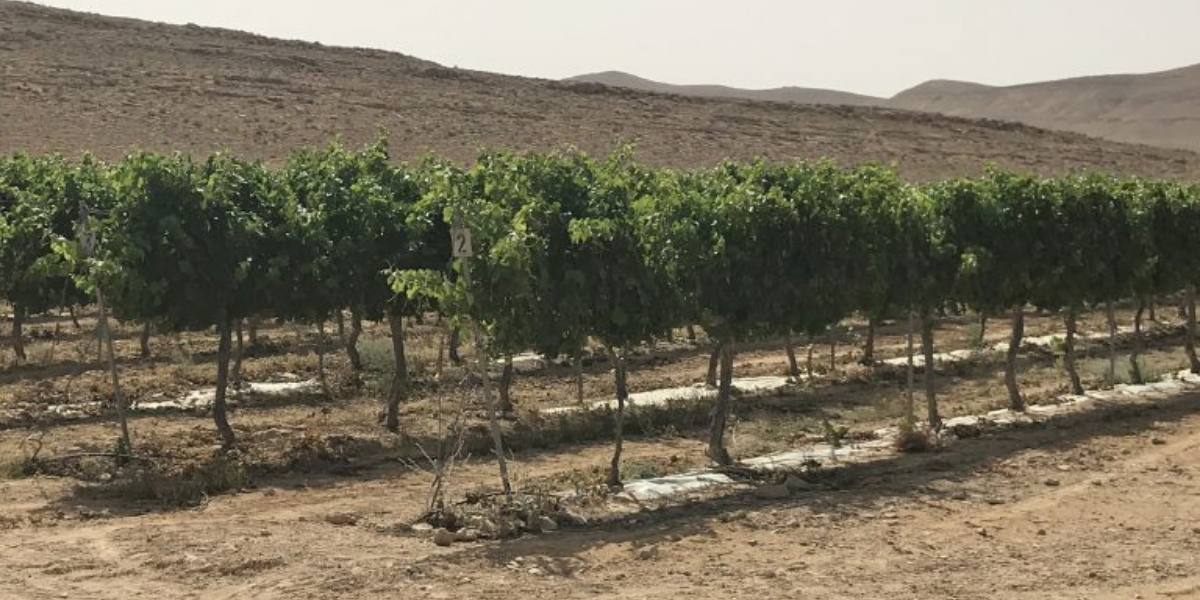In the centre of Chile’s Atacama desert, the world’s driest, Hector Espindola has an unusual job: he maintains a vineyard.
His little Bosque Viejo farm, about 2,500 metres (8,000 feet) above sea level, grows muscat grapes – and another of a distinct “criollo,” or local, kind – under the shade of quince, pear, and fig trees watered by a stream supplied by melting Andean snow.
Espindola, 71, farms in the Toconao area of Chile’s far north, some 1,500 kilometres (932 miles) from the vineyards that have helped Chile become one of the world’s top 10 wine producers.
However, producing grapes in the desert is a difficult undertaking.
On top of wind and frost, Espindola faces significant day-night temperature changes and sun radiation.
“You must be committed. I water here at night… between three a.m. and eleven p.m “ He told this while touching his vines, which were dry and brown two months after harvest.
“You have to be careful because the heat and environment here are no joke,” he warned.
“When it is windy, productivity suffers; when it is cold, frost occurs early. It’s a little difficult.” Espindola delivers his fruit to the Ayllu cooperative, which has been receiving grapes from 18 small vineyards near Toconao since 2017.
The cooperative got 16 tonnes of grapes in 2021, with an output of 12,000 bottles.
The majority of the cooperative’s contributions are indigenous community members who were formerly independent, small-scale growers.

















